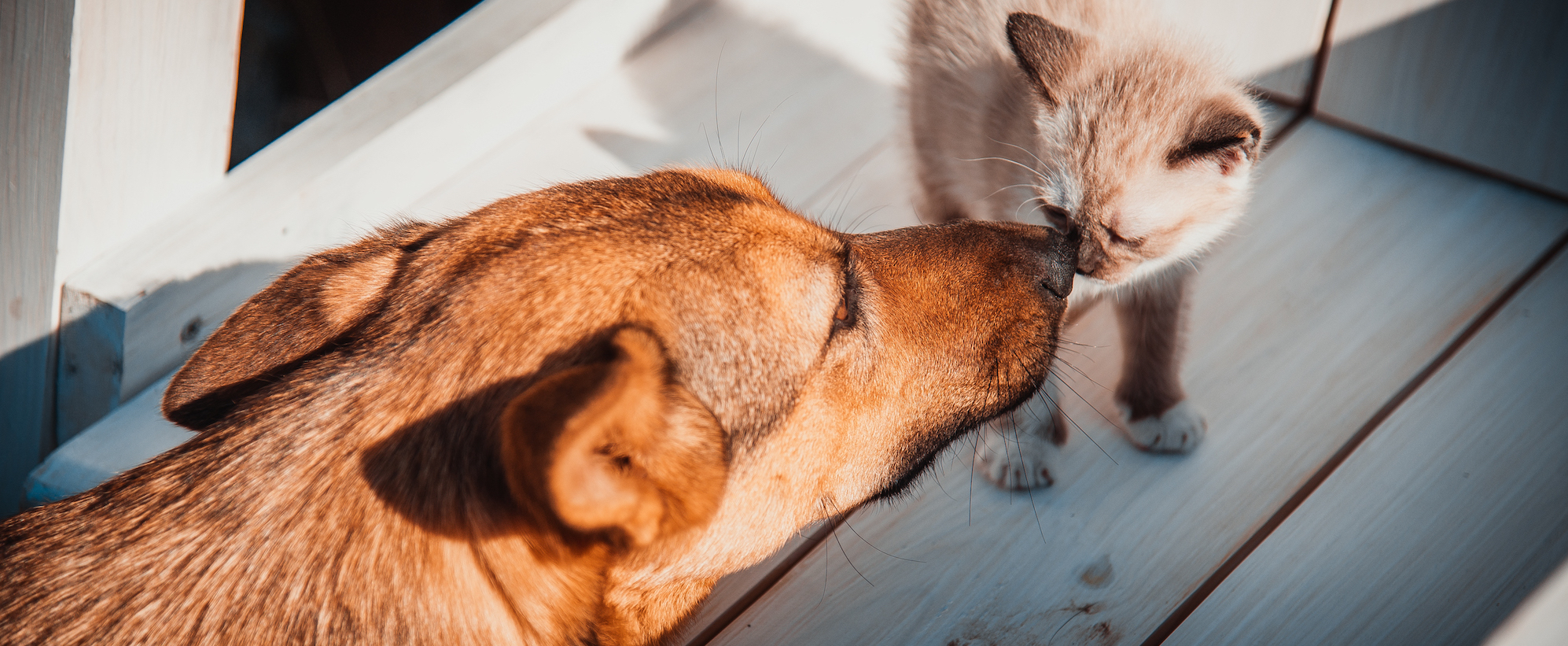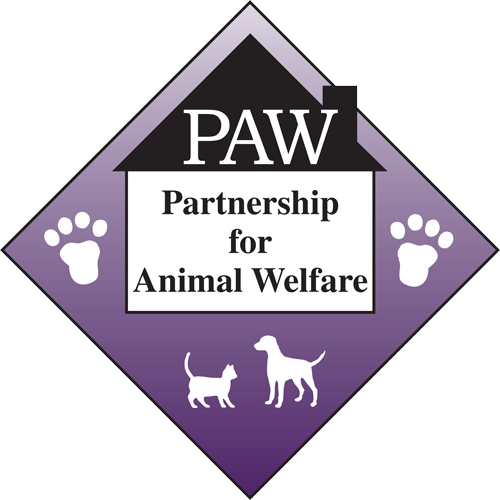
Dog House Check Guide
House Check Procedures
Please read this entire handout. The first part discusses HC issues to cover with applicants. The second part lists some specific items to check. Please complete & return the form at the end.
House Check basics:
- Review the application before the visit.
- Take a “dog’s eye view” of the home and yard. Imagine you’re placing your own dog there and look for any potential risks.
- Try to take the desired dog on the visit. Exercise caution if the applicants have another pet, as the animals will require a careful introduction.
- Have the whole family present for the home visit so you can observe interactions by all.
- Listen for comments about risky practices (such as letting the dog off-leash in unfenced areas).
- You do not have to approve a home visit. If you have doubts, tell the applicants that you report back to the Adoption Coordinator and they will hear from PAW within a few days.
- In some cases the application reviewer might ask you to get a contract signed and obtain the adoption donation if you feel completely certain about approving the home visit.
- When you finalize an adoption the adopter will sign the electronic contract and submit electronic payment. You may take a paper contract and a check if the adopter requests.
Homes with Children:
Adoptions to homes with children have a higher failure rate. Your advice can make the difference. - Advise parents to obtain a crate before bringing a new dog home.
- Advise parents never to leave dog alone with their children or their children’s friends.
- Explain to the whole family: “A dog can’t cry or whine when he is unhappy. Instead, he may growl or try to bite.” Tell them that when a dog might be getting tired, leave him alone.
- Share the “dog/doorknob” rule: “Don’t turn the Doorknob ’til you know where the Dog is, and that she can’t run out the door. Or else she could get hit by a car!”
- Advise parents not to let young children walk dogs themselves.
- Strongly advise obedience training.
Especially for first-time dog owners, ask questions: - Have you considered how to schedule time to walk and play with the dog each day? At what times will you take the dog out for potty breaks and exercise? (Review a schedule; dogs typically should be taken outside upon waking, after breakfast, mid-day or right after work, after dinner, and before you go to sleep at night.)
- Can you always get home after work, before going out again? Do you have a reliable pet-walker or neighbor to take your dog out when you can’t get home on time?
- For puppies, who will feed and walk midday so the pup can get housetrained?
- Are you prepared to clean up after a shedding dog? Can you move things out of the dog’s reach? If the dog chews carpets, shoes, table legs, chairs…how will you deal with this?
- How will you manage an animal who might go through adjustment problems in your home?
- Are you willing to take the time to teach your dog acceptable behavior with consistent, positive reinforcement?
If you plan to do the adoption at the end of the home check, do the following in advance: - Provide the dog’s collar size (PAW may provide the collar).
- If the applicant intends to crate the dog, suggest crate sizes appropriate for the dog and stress the need to have the crate before the dog’s homecoming.
- Suggest the adopter have an ID tag ready.
- Inform the adopter of what food had been used and recommend they change the diet gradually to avoid intestinal upset.
- Ask about plans for year-round heartworm preventative and annual vaccinations.
- If the HC is approved, tell adopters PAW will mail medical records 1 week after adoption.
Reminders for New Adopters:
- Explain how to transport a dog safely and securely in a car (alternatives include a crate, a divider panel, dog seatbelt harnesses, securing the leash to something in the car). Have your hand on the leash before opening the car door. Don’t let dogs stick heads out windows while you’re driving.
- As soon as you bring your dog home, show him where to potty. Praise him when he goes there.
- Even housetrained dogs have accidents, ranging from marking to diarrhea. Be prepared with plenty of paper towels and urine-scent-killing cleaning products like Simple Solution.
- Feed the dog on a set schedule, typically twice a day, leaving the bowl down for 15 minutes. (Free feeding can lead to housetraining accidents.) You may want to feed pets separately initially.
- Use a crate for housetraining and to confine until the dog can have free rein.
- When there’s a housetraining accident, never hit or yell at the dog, or shove his nose in the mess. This worsens the problem. Keep the dog on a good feeding/potty schedule. If housetraining accidents persist, see your vet – the dog may have an easy-to-treat infection or parasites.
- On the first day, don’t stay with your dog the whole time – that leads to separation anxiety. Put him/her in a crate and leave for short periods. Gradually increase the time.
- When leaving the dog, make sure he has safe toys. Chewing is normal dog behavior. WARNING: avoid rawhides and other overly coveted chews; dogs may fight over them.
- Take hold of a dog’s collar before opening an exit door.
- Let the animal sleep on the same floor as your family. Dogs are pack animals.
- Don’t stick your face in the dog’s face until knowing the dog is settled in and you can trust him or her.
- Take obedience training from the start and read books to learn proper, humane training methods.
PAW Dog House Check Checklist
Specific house and yard items to check:
Outside/ yard:
__ Proximity of home to busy roadways.
__ Balconies and decks: Applicants adopting small dogs may be required to install chicken-fencing or other barriers to prevent the dog from slipping through.
__ Fence gates: check that latches are secure
__ Fences: Walk every foot. Look for loose boards and gaps, which must be fixed and re-inspected before adoption. Warn adopters that dogs may learn to climb over chain-link fences. Chicken wire might be required at the bottom of the fence to prevent a dog digging their way out.
__ A/C and electrical units: wires should not be exposed
__ Window wells should be covered so dogs don’t fall in
__ Pools: The pool should be securely fenced off and/or covered with a sturdy pool cover when not in use. There must be graded steps out of the pool, not just a ladder. Adopters should train the dog how to get out of the pool.
Doors & Windows:
__ Screen, storm and sliding glass doors: Check all latches and require repair if needed. Advise that dogs can pop open doors and tear through screens.
__ Doors: Relate the dog/doorknob advice: “Before someone opens a door, locate the dog and make sure she can’t dash out.”
__ Front door: Suggest optional places to install a baby gate or other barrier to prevent escapes.
__ Windows: Look for screened windows a dog may jump through and advise caution. Make sure there are no cords in which a pet can get tangled or strangled.
__ Doggie doors: Advise adopter to block them when the dog is left alone in the house.
Where will the dog be kept?
__ Ask where the dog will be when the people aren’t home.
__ Ask where they will place a crate or baby gates; make suggestions (such as kitchen).
__ Advise not to confine dog in dark, lonely areas such as basements, laundry rooms, or bathrooms.
__ Ask where the dog will eat, drink, sleep, go potty, exercise.
Potential dangers:
__ Look for open-structure stairs and open railings that may need to be screened or blocked for small dogs.
__ Look for cords/wires on which dogs might chew and get electrocuted.
__ Make sure space heaters and electric appliances are not accessible to dogs.
__ Power strip outlet holes should be covered or inaccessible.
__ Look for valuables/ knick-knacks that may be knocked over by a dog and ask adopters if they are willing to move them
__ Basements: Check for hazards such as tools, cords, or items that can harm a dog. Ensure sump- pumps, furnaces, appliances are not accessible to dogs.
__ Garages, workshops, sheds: Tell people not to allow dogs in these areas, where they can get hurt or die from exposure to tools, loose nails, poisons and antifreeze.
__ Kitchen: Floor-level cabinets should be secured and toxic cleaners out of the dog’s reach.
General observations:
__ If they have other pets do they look healthy?
__ Observe water bowls, toys, and bedding. How clean is the kitty litter box, dog crate or bird cage? Is the litter box and cat food out of the dog’s reach?
__ When a dog is brought on the visit, observe the people’s responses to the dog being in the home.
__ Before approving a HC, ask yourself if you would entrust your dog to these people.
PAW Housecheck Volunteer Certification
Please complete, sign & return the section below to the PAW Dog Coordinator.
I ____________________________________(print name here) certify that I have read the Partnership for Animal Welfare House Check Guide & Checklist, understand its contents and will respect PAW policies.
Signature _________________________ Date ____________ Thank you for volunteering with PAW and for helping animals.
<< Back to Volunteer Area Main Page


